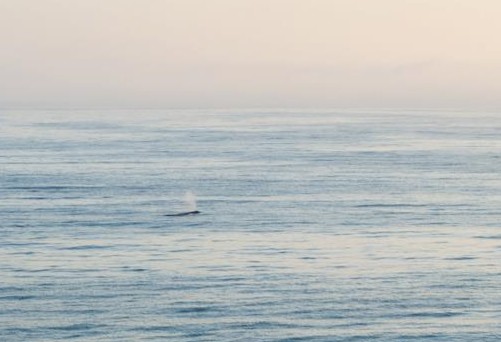By Heather Fulton-Bennett, Phycology Lab
One of the best parts of classes at Moss Landing Marine Labs are the field trips. The Biology of Seaweeds class makes numerous trips around the Monterey Bay area to examine different algal habitats and to learn more about the ecological niches of algae in the intertidal. Every year, Professor Mike Graham, leads the phycology class on a trip south of Point Conception to discover the similarities and differences in southern California algae. This year we camped at El Capitan State Beach and enjoyed some beach combing, s’mores, and late night Phyctionary, where we attempted to illustrate terms related to seaweeds.
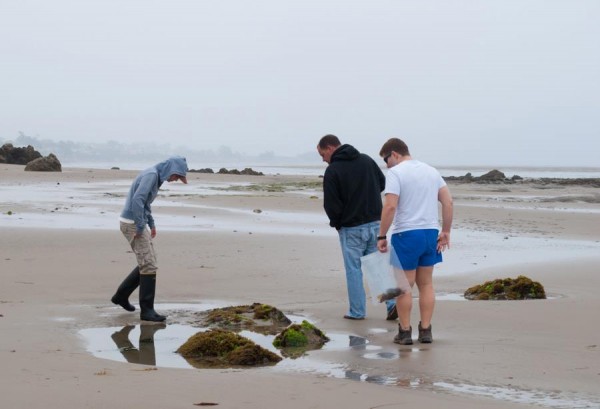
The next morning we were up at the crack of dawn chasing a very low tide to Coal Oil Point, on the campus of the University of California, Santa Barbara. This site was very different to our usual intertidal excursions around the Monterey Bay, as the area was highly inundated with sand, and only the largest boulders and outer parts of the rock reef were exposed.
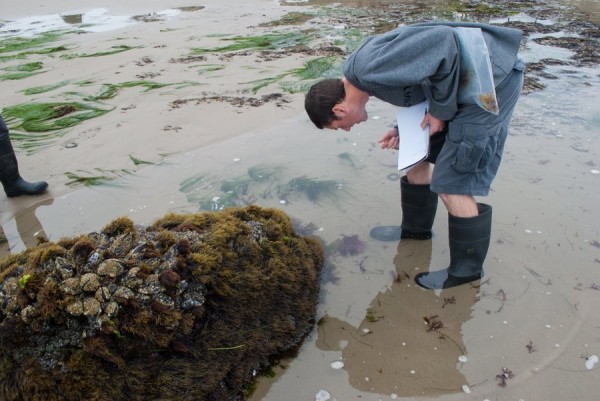
California, in terms of marine algae, is made up of two distinct floristic areas; a northern community that stretches from British Columbia to Point Conception, California, and a southern group of species that stretches from Point Conception to the Baja California peninsula. There are quite a few groups that inhabit both areas, but different oceanographic nutrient and water movement regimes mean that there are unique to the areas north or south of Point Conception.
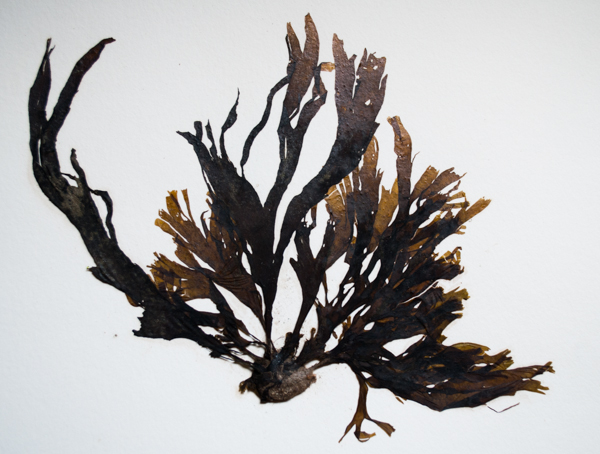
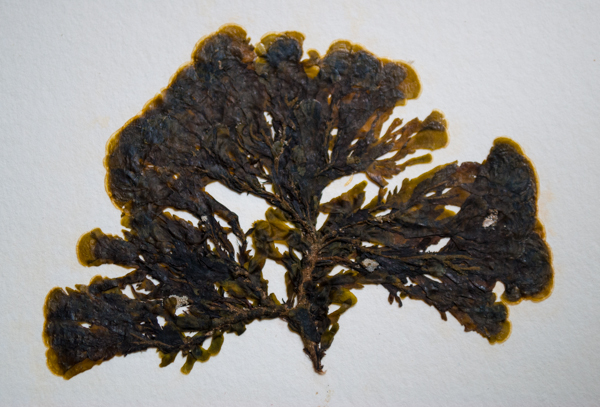
Along with some cool genera of algae we had not seen before, Taonia and Zonaria, it was also interesting to see different morphologies in algal species found both north and south of Point Conception. South of Point Conception, the ocean temperature is higher, there is less circulation due to upwelling, and nutrients can become limited during some parts of the year. These environmental differences can lead to local adaptation in morphology, physiology, and reproduction.
And for those less interested in algae, we also saw plenty of cool invertebrates.
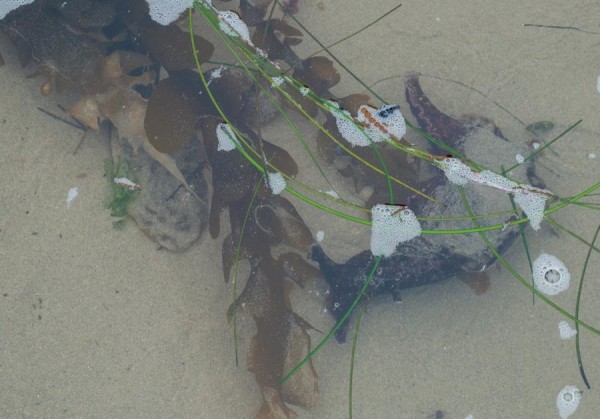

And even a marine vertebrate!
